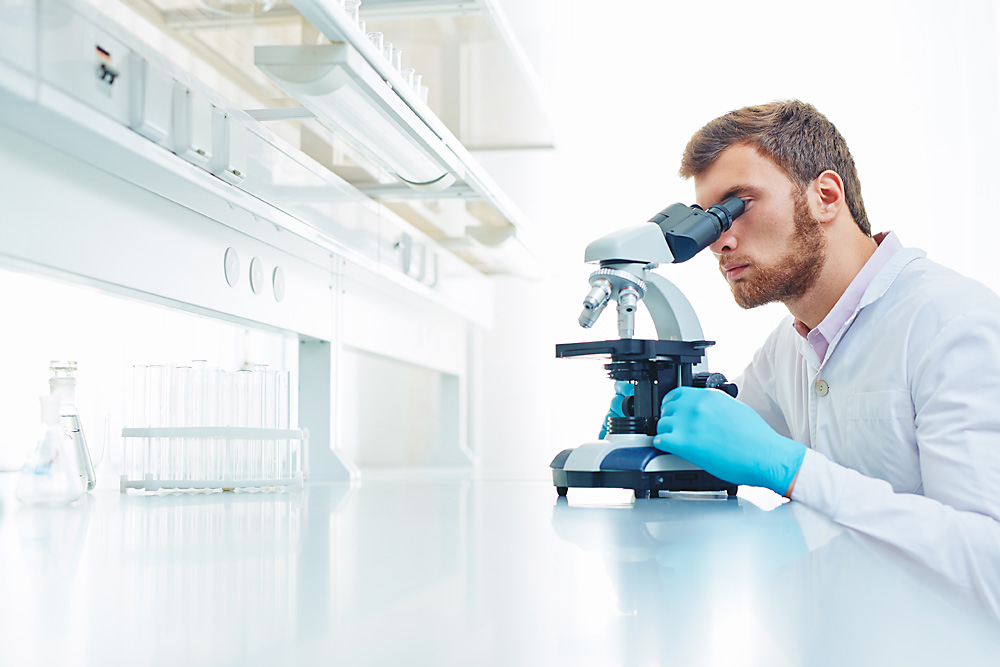
A team of researchers investigated samples of different ages and locations in the Arctic, in total finding 26 strains of viable amoebae.
ShutterStock/Legion-MediaResearchers from St. Petersburg State University (SPbU), and the Institute of Physico-chemical and Biological Problems of Soil Science, have revived several species of pre-historic amoebae discovered in the Arctic permafrost.
This research was conducted from 2012 to 2016. A team of researchers investigated samples of different ages and locations in the Arctic, in total finding 26 strains of viable amoebae. This included two new species belonging to the Flamella genus. Eight of the isolated strains are still impossible to classify with certainty. The age of the microorganisms is estimated at 30,000-60,000 years.
Researchers were able to isolate the viable protists. How is this possible? Under adverse environmental conditions, a thick multi-layered protective covering is formed on the surface of the amoeba's cells, and then it goes into a dormant state by forming a cocoon.
All life processes slow down and almost stop. The cocoon may be conserved for years or even decades without losing viability. However, no one could imagine that amoebae could survive many thousands of years in sub-zero temperatures.
“This remarkable survivability makes amoebae in Arctic permafrost sediments a very promising model for research,” said associate professor Alexey Smirnov.
“The protozoa isolated from permafrost sediments give us a `snapshot' of evolution literally frozen in time. If we manage to find their direct descendants in present-day fauna of the same regions, then for the first time we will be able to see how the microorganisms' genes have changed during the past 60,000 years of evolution, and possibly to calibrate the `molecular clock' - a technique based on estimating the mutation rate in the genes of organisms, which allows us to date the most important evolutionary events.”
Naturally occurring layers of permafrost often break off cliffs, river banks and sea coasts, and then melt. Thus, the microorganisms conserved inside the ice have a chance to be revived naturally.
Since amoebae isolated from permafrost sediments had demonstrated a unique ability to resist environmental impacts, they were chosen to participate in the Ekzobiofrost outer space experiment. The study was conducted in 2013 on the Bion-M1 satellite.
Amoebae isolated from permafrost sediments estimated at 34,000 years old were exposed to the effects of deep space for a month.
“The post-flight analysis showed that 90% of the amoebae were still alive, capable of excystation and further growth,” said Liubov Shmakova, senior researcher at the Institute of Physico-chemical and Biological Problems of Soil Science.
“These results once again emphasize the need for sterilization of space missions, which are launched to other planets, in order to avoid mistaking Earth organisms for alien life forms.”
All rights reserved by Rossiyskaya Gazeta.
Subscribe
to our newsletter!
Get the week's best stories straight to your inbox